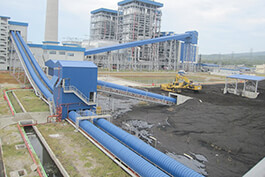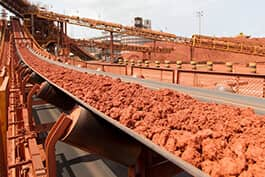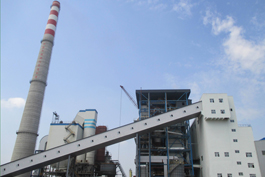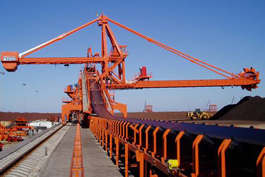Conveyor Cover Definition:
A conveyor cover installed over a microphone to protect it from rain and to allow for long-range electrostatic exciter calibration during long-term noise outdoor monitoring.
Alias of conveyor cover:
Conveyor cover is also known as conveyor cover, color steel conveyor cover, conveyor cover, conveyor dust cover, belt conveyor cover, etc. Conveyor cover plays a great role in goods and environment, when goods in the process of transportation can reduce the loss and waste of goods, make the conveyor belt in the process of transportation more safe and reliable, followed by extending the service life of the conveyor.
Application industry of conveyor cover.
The conveyor cover is widely used in power plants, cement plants, steel plants, chemical plants, coal plants, ports, docks, mining enterprises, etc.
The role of conveyor cover:
The conveyor cover plays a great role in goods and environment, when the goods in the process of transportation can reduce the loss and waste of goods, make the conveyor belt in the process of transportation more safe and reliable, followed by extending the service life of the transporter.
Style of rain cover:
The conveyor cover has fixed type, open type and with observation window type, which can clearly see whether the goods in the process of transmission and the conveyor belt is running normally, and there is also a runaway cover, which plays the role of rainproof and dustproof for the conveyor with runaway switch.
The main colors of the conveyor cover are sea blue, white and gray, red, etc.
The main procedures of conveyor cover:
The production of c
onveyor cover requires several procedures to complete, including plate selection, loading, pressing, shearing, arcing, height adjustment, packaging, etc.
Conveyor cover installation and precautions as a fixed conveyor cover skeleton is connecting angle steel or Z-beam, whose length is equal to the conveyor cover installation length. Weld the connecting angles or Z-beams to the channel or small angles on both sides of the conveyor frame. If you need to install the support angle, first weld the support angle on both sides of the frame, and then weld the connecting angle or Z-beam on the support angle.
Among the four forms of conveyor cover, fixed cover and open/close cover are made of galvanized corrugated steel plate or color coated steel plate, generally 9 fixed covers and 1 open/close cover are set up in every 10 covers, or two covers can be arranged alternately. When installing, press the open/closed hood on the two adjacent fixed hoods on the left and right, and the overlapping length is one wave distance or two wave distances. Note that the hinged side of the open/closed hood is placed on the non-passing side of the conveyor, while the latching side is placed on the passing side of the conveyor.
Use self-tapping nails to fix the conveyor cover on the connecting angle or Z-beam, with no less than 4 fixing points per piece.
The folding point
conveyor cover is only used at the folding point of the convex arc section of the conveyor, while the runout switch cover is designed to cover the runout switch. Both types are covered with fixed covers.
Every 10 pieces can also be installed with 1 piece of observation type rain cover for easy maintenance and viewing.


.jpg)


.jpg)

.jpg)




